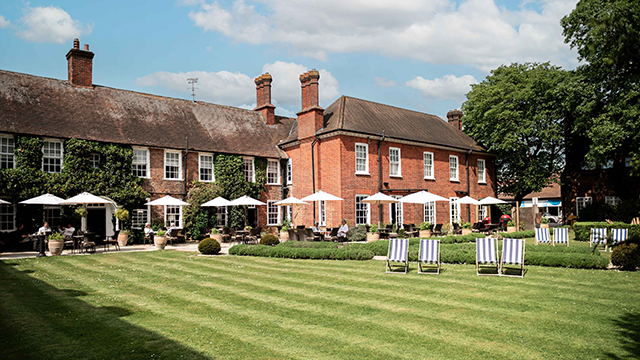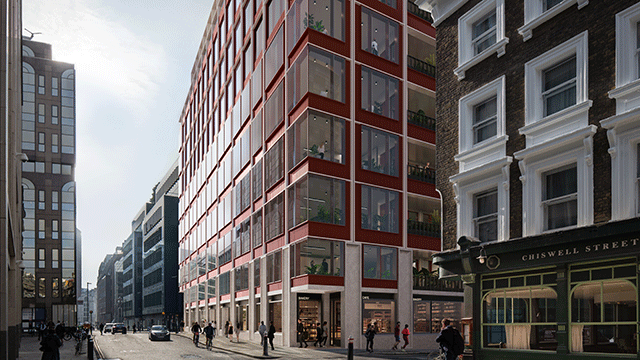Second respondent seeking to extend dwelling into roof voids – Inspector allowing appeal against refusal of planning permission – Inspector finding development appropriate in the green belt in context of local plan policy and PPG 2 – Applicant council seeking to quash inspector’s decision – Application allowed
Mr and Mrs Hook (the second respondents) applied for planning permission for the extension of their dwellinghouse by increasing the floorspace within the roof and constructing three dormer windows. The application was to extend the habitable floorspace by 41 sq m. The house had already been extended by 37 sq m in 1985 from its original habitable floorspace of 45 sq m. The development would have increased the floorspace by almost three times the original amount. The site fell within the green belt and a special landscape area as defined in the local plan. The inspector allowed the second respondents’ appeal against the refusal of planning permission. He found that the development was in accordance with both local and national policies and was an appropriate development within the green belt.
Brentwood Borough Council (the applicants) sought to quash the inspector’s decision on four grounds. First, that the inspector had failed to properly consider two previous, closely related appeals put before him, in which highly similar proposals had been refused. Second, he had failed to properly consider the cumulative effect of allowing the appeal. Third, he had failed to understand or apply policy GB7 of the local plan, which specified the nature of reasonable extensions of existing dwellings as contemplated by the structure plan. Finally, he had failed to understand or apply, or give reasons in his consideration of, para 3.6 of PPG 2. The applicant applied under section 288 of the Town and Country Planning Act 1990.
Held The application was allowed.
Although the inspector apparently had regard to the earlier decisions before him and had taken them into account, he had a duty to state his reasons for taking such a radically different approach to those decisions. The main issues had been in identical terms, the facts had been highly similar and the policy framework identical, yet those developments had been found to be inappropriate. Even on the narrower approach of North Wiltshire District Council v Secretary of State for the Environment [1992] 3 PLR 113, reasons should have been given in the present case. The present planning authority would have been unclear on the approach to be taken on further similar claims. This, in itself, was sufficient to quash the inspector’s decision. The cumulative and precedent effect on the green belt of many such similar applications was a material consideration that deserved consideration. It was unclear whether or not the inspector had had regard to this. He had concluded that the development went “well beyond the general intention of GB7”, but later concluded that the proposal would accord with local policy, and was an appropriate development in the green belt. His approach in respect of policy GB7 of the local plan was difficult to understand and was unsatisfactory. When dealing with a proposal that trebled the original floorspace, it was incumbent on the inspector to give reasons for reaching the startling decision that the development did not conflict with para 3.6 of PPG 2. No such reasons were given.
Richard Ground (instructed by the solicitor to Brentwood Borough Council) appeared for the applicants; Meyric Lewis (instructed by the Treasury Solicitor) appeared for the first respondent, the Secretary of State for the Environment, Transport and the Regions; the second respondents did not appear and were not represented.
Sarah Addenbrooke, barrister






